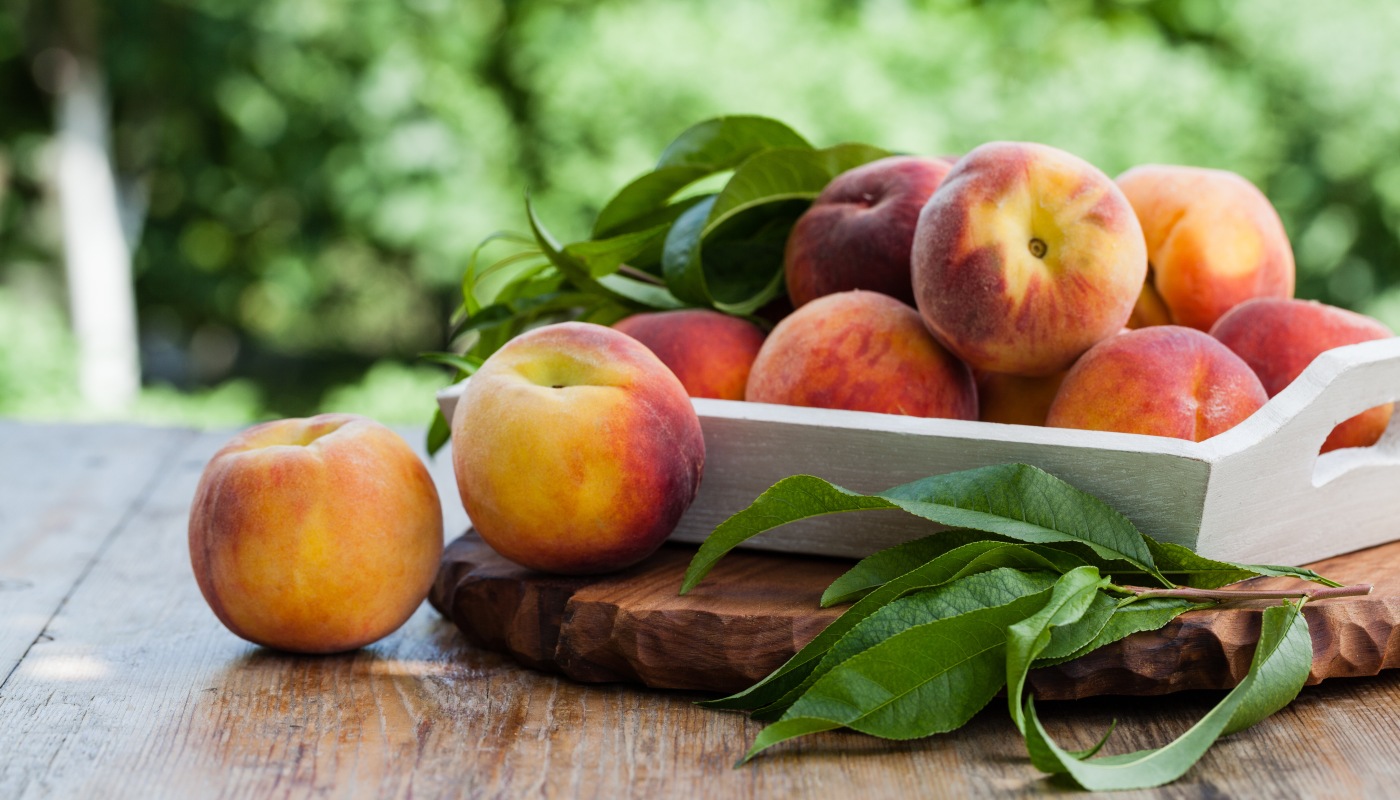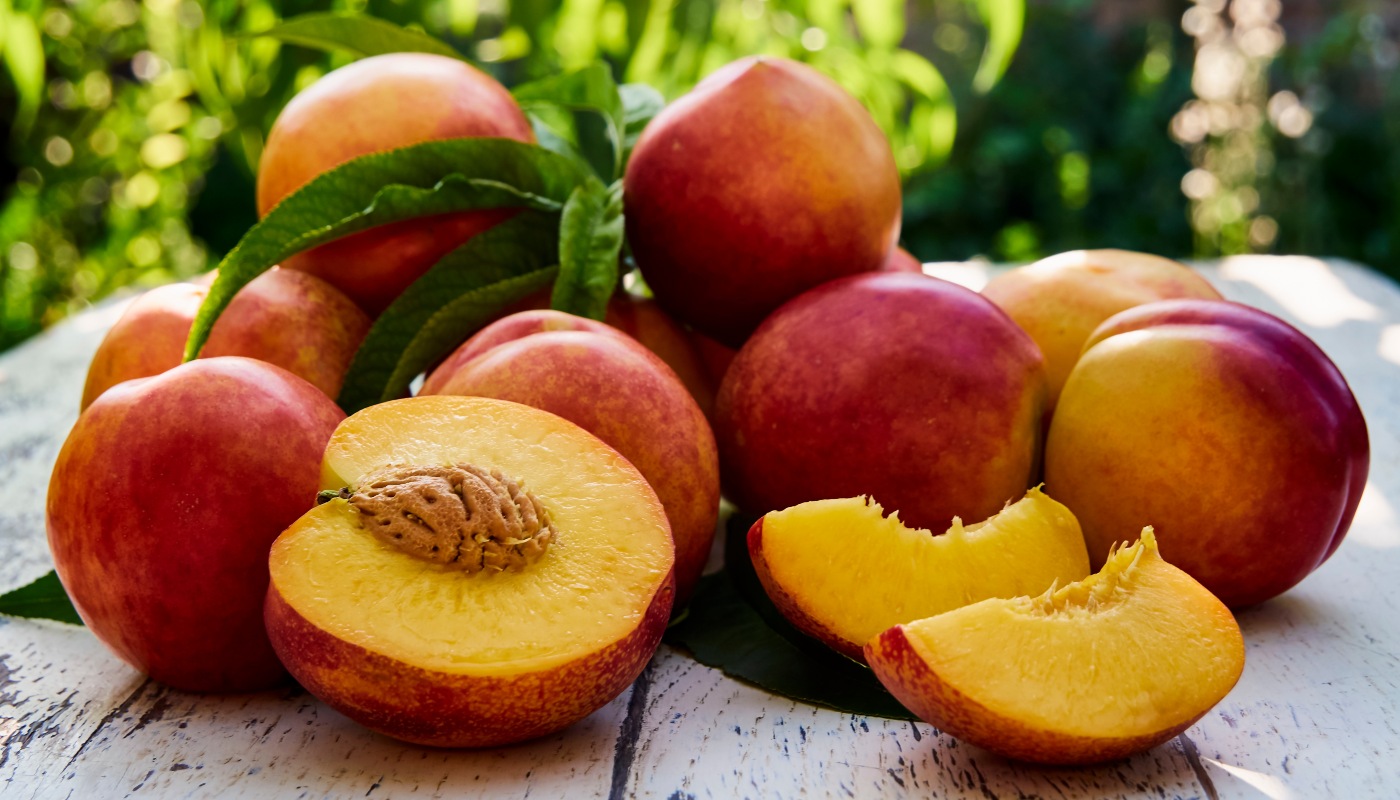Peaches and their benefits
With a velvety skin, meaty flesh, intense colour and aroma and balance of sweetness and acidity, the peach is an essential fruit during the summer months.
fresh food
Share

Originating from China, where it is a symbol of fertility, the peach belongs to the Rosaceae family, to which other summer fruits like cherries, yellow peaches and apricots also belong. This fruit is characterised for having a single seed which is found in the centre, covered in a hard shell: the stone.
Its harvesting period stretches from May to September, although there are earlier varieties that start to be harvested in April and others that are later and reach their optimum time of consumption in October.
Properties and benefits of peach
- Diuretic: contains 88% water.
- Filling: natural source of fibre.
- Low in calories.
- Very easy to eat fresh (with or without the skin), it is used as a dessert or as an ingredient for salads, skewers or juices. Additionally, it can be used in other recipes: in jam, dried or even in syrup.
- To preserve it for longer, storing it in the least cold part of the fridge is recommended, separated from other fruits.

Nutritional content (per 100 grammes)
Energy: 46.3 Kcal
Fat: 0.36 g
of which saturated: 0.01 g
Carbohydrates: 9.8 g
of which sugars: 7.6 g
Dietary fibre: 1 g
Proteins: 0.69 g
Salt: 3.55 g
Varieties: it can be classified into three groups
Red with yellow flesh
The red peach is harvested at the start of the season and has a more acidic flavour.
Red with white flesh
The white-fleshed peach has a sweet flavour with hardly any acidity. It is characterised for the contrast between its soft reddish skin and juicy white flesh. It is known for its soft and delicate flavour, and is even sweeter than the yellow peach.
Yellow with yellow flesh
The yellow peach is a later variety and is easy to recognise, in addition to its colour, by its flavour with a sweeter touch.






